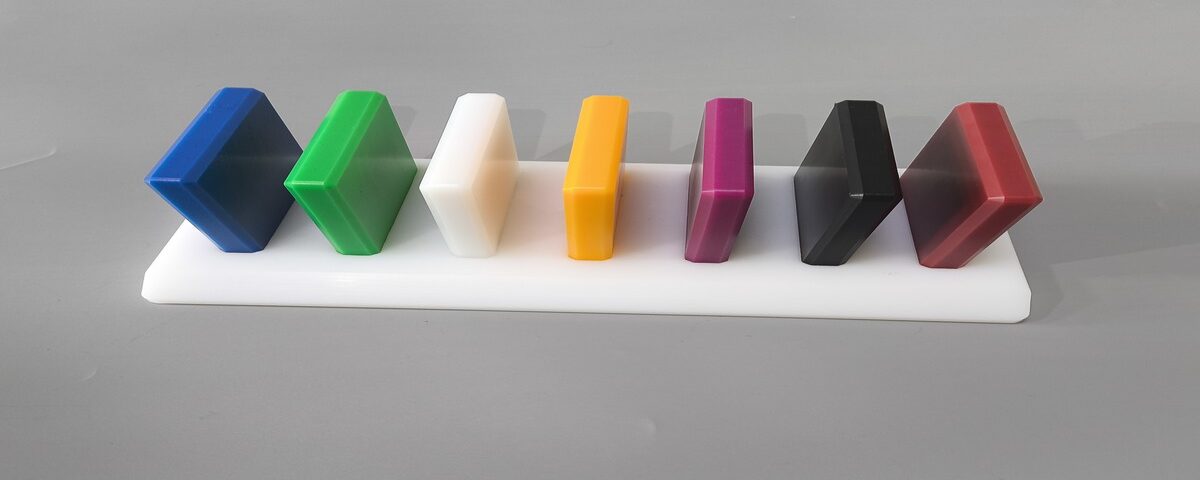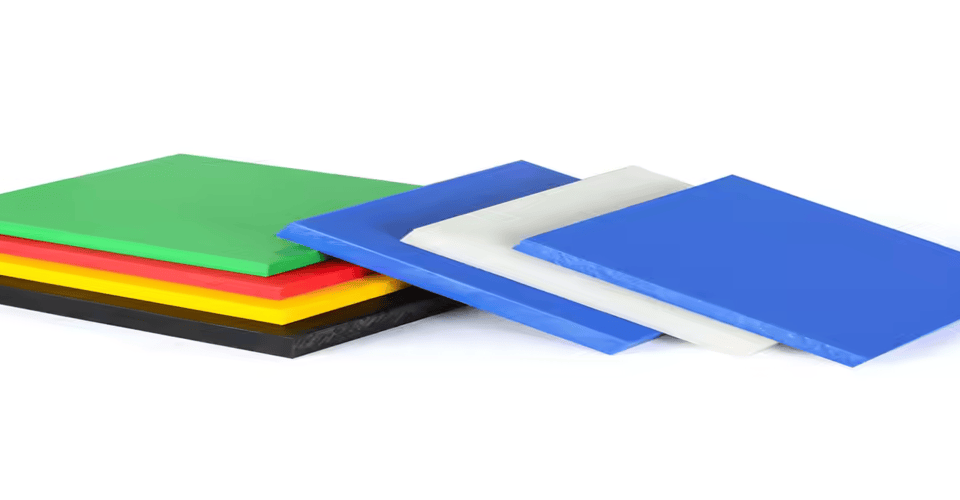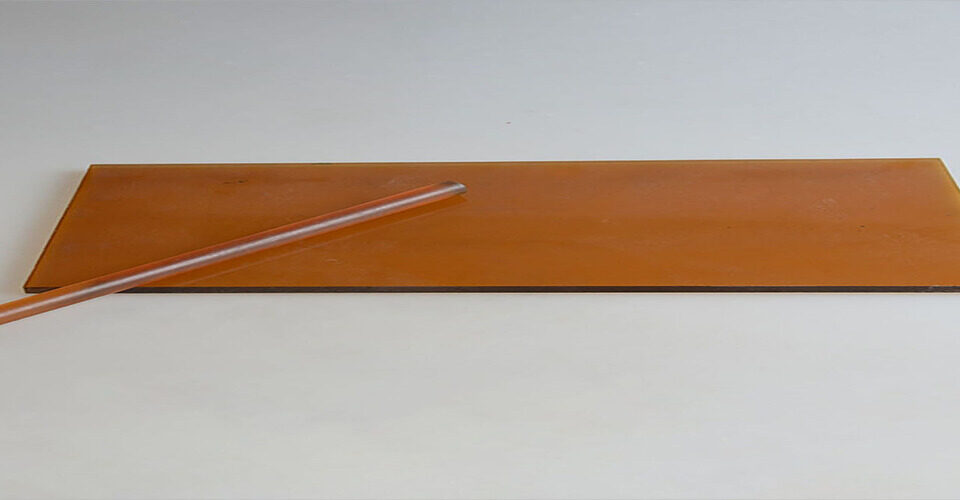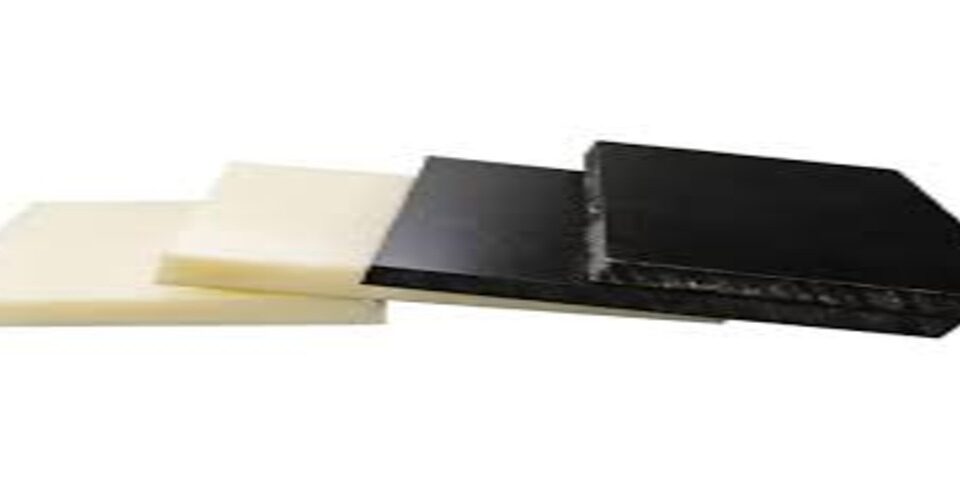
Is FR4 waterproof?
November 18, 2024
Is HDPE the same as PTFE?
November 19, 2024HDPE (High-Density Polyethylene) plastic is commonly used in food packaging and containers. But many people wonder whether it is safe for food contact. Here’s a breakdown of why HDPE is considered safe for food use.
What is HDPE Plastic?
HDPE is a type of plastic made from petroleum-based products. It is recognized for its high strength-to-density ratio, making it durable and resistant to impact. It’s commonly used for milk jugs, food containers, plastic bags, and even pipes.
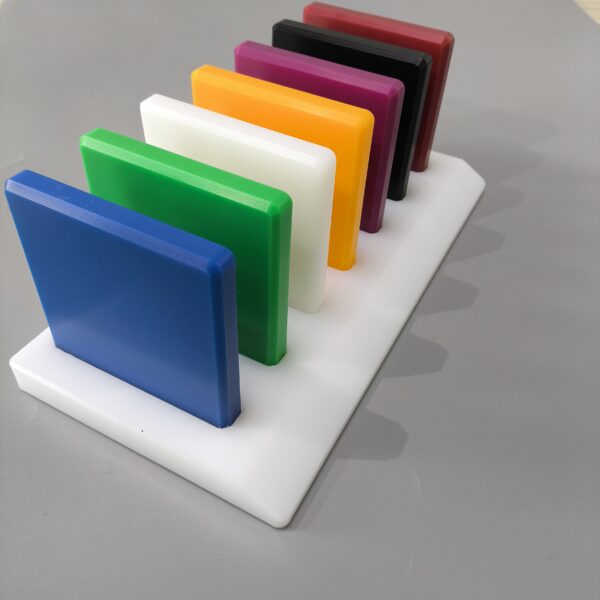
Is HDPE Safe for Food?
Yes, HDPE is generally considered safe for food use. It is one of the most widely used plastics in food packaging because it doesn’t leach harmful chemicals into food. HDPE is non-toxic and is approved by the U.S. Food and Drug Administration (FDA) for food contact.
How Does HDPE Compare to Other Plastics?
Compared to other plastics, such as PVC or polystyrene, HDPE is one of the safer options for food storage. It does not contain BPA (Bisphenol A), a harmful chemical often found in plastics like polycarbonate. HDPE is also free from phthalates, which are chemicals sometimes used in flexible plastics.
What Are the Benefits of HDPE for Food?
HDPE is resistant to moisture, chemicals, and UV radiation. It’s also easy to recycle and can be repurposed into new products, reducing environmental impact. The plastic’s durability and resistance to contamination make it ideal for food packaging.
Conclusion
In summary, HDPE plastic is safe for food contact and is widely used in food packaging. It’s durable, non-toxic, and free from harmful chemicals, making it an excellent choice for everyday food storage.


